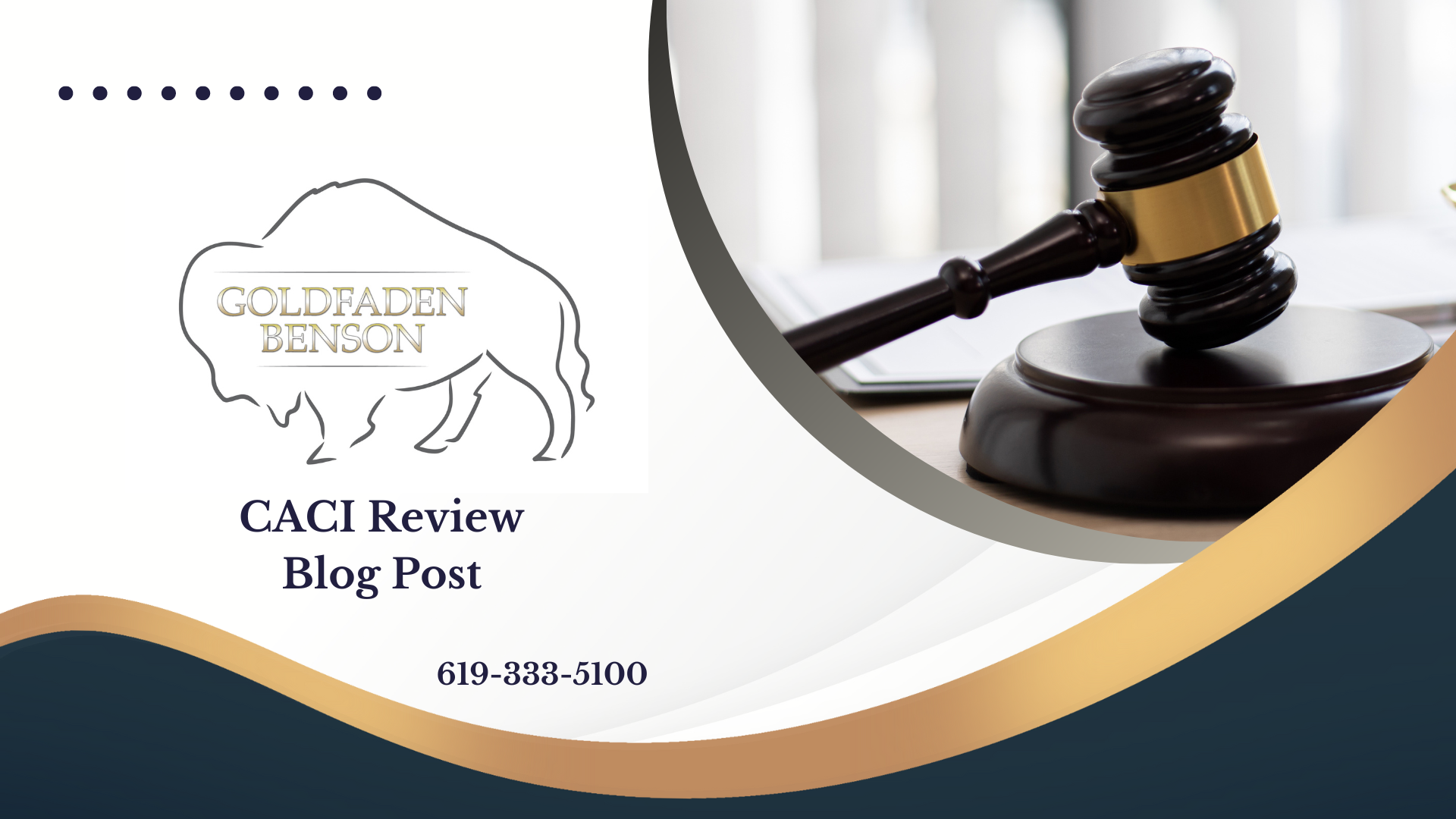Understanding Motor Vehicle Negligence in California
Motor vehicle accidents can happen in the blink of an eye, leaving individuals with physical, emotional, and financial burdens. When a collision occurs, it's crucial to understand the underlying principles of negligence that can determine who is responsible for the damages. In California, particularly, laws regarding motor vehicle negligence are delineated in the Judicial Council's Civil Jury Instructions.
### Key Elements of Motor Vehicle Negligence
To establish a claim of negligence in the context of motor vehicle accidents, there are specific elements that must be proven by the injured party. This consists of three essential components:
1. **Duty of Care**: The defendant had a legal obligation to operate the vehicle with reasonable caution. This means that, as a driver, one must adhere to traffic laws and maintain a standard of care that a cautious driver would exercise under the same circumstances.
2. **Breach of Duty**: The plaintiff must show that the defendant failed to uphold this duty of care. This could manifest in various ways, such as speeding, driving under the influence, distraction while driving, or any other form of negligent conduct.
3. **Causation**: This element ties the defendant's breach of duty directly to the injuries sustained by the plaintiff. The plaintiff must demonstrate that the breach was a substantial factor in causing harm.
### Real-Life Example
Imagine a scenario where a driver runs a red light and collides with another vehicle. In this case, the driver has likely breached their duty of care by failing to obey traffic signals. If the impact causes injuries or damages, the injured party could pursue a negligence claim based on the elements outlined. In this situation, the link between the driver's failure to adhere to traffic laws and the subsequent injuries suffered must be clear.
### Proving Your Case
If you decide to pursue a negligence claim in California, understanding how to present these elements is vital. You will need supporting evidence such as:
- **Witness statements**: Eyewitness accounts can corroborate the details of the accident.
- **Police reports**: These documents typically provide an objective view of the incident.
- **Medical records**: Documentation of injuries sustained from the accident can be powerful evidence of the damages incurred.
Navigating the complexities of motor vehicle negligence can be challenging. If you or someone you know has been involved in an accident and you have questions about the legal steps to take, consider reaching out to a trusted personal injury law firm. At Goldfaden Benson, we are here to provide clarity and guidance on your situation.
For more information about our services or to discuss your case further, visit our [contact page](https://www.goldfadenbenson.com/contact-us).
Understanding negligence law can significantly affect your pursuit of justice and compensation after an accident. If you've found this information helpful, should you consider exploring more about your rights in similar situations? Reach out to us today to learn how we can help you.








